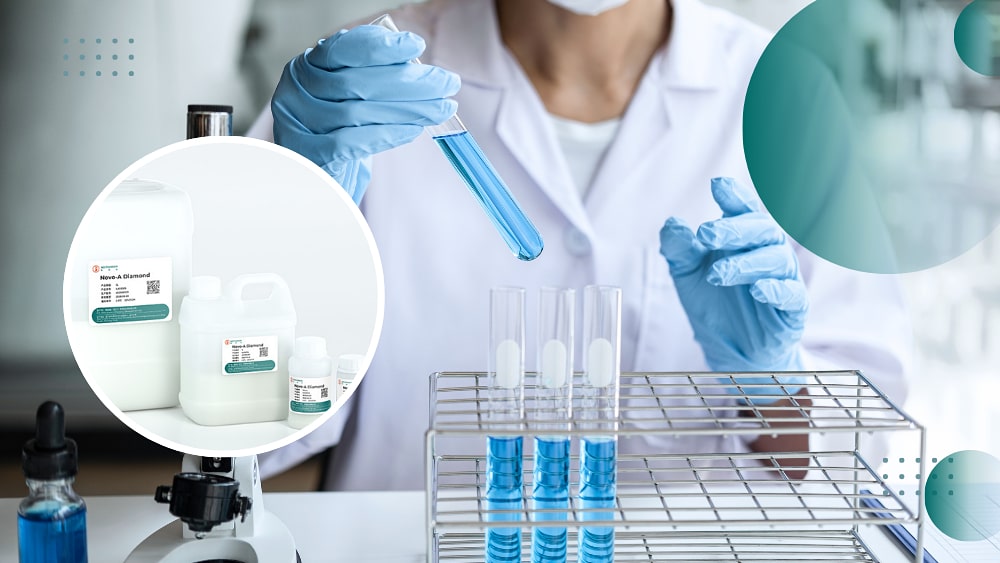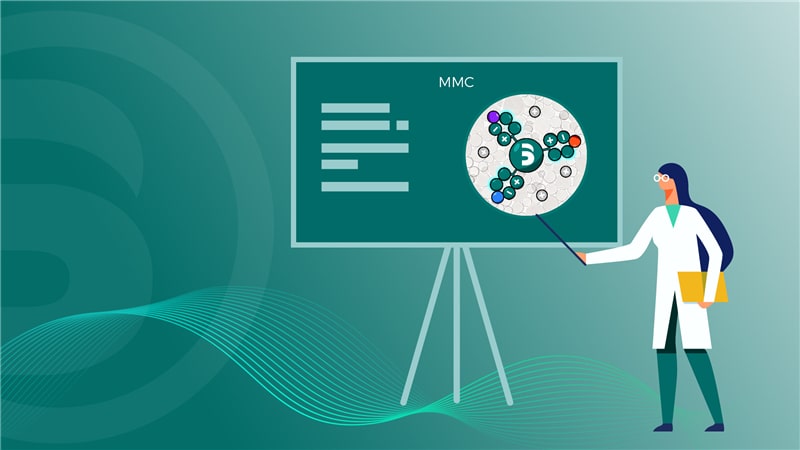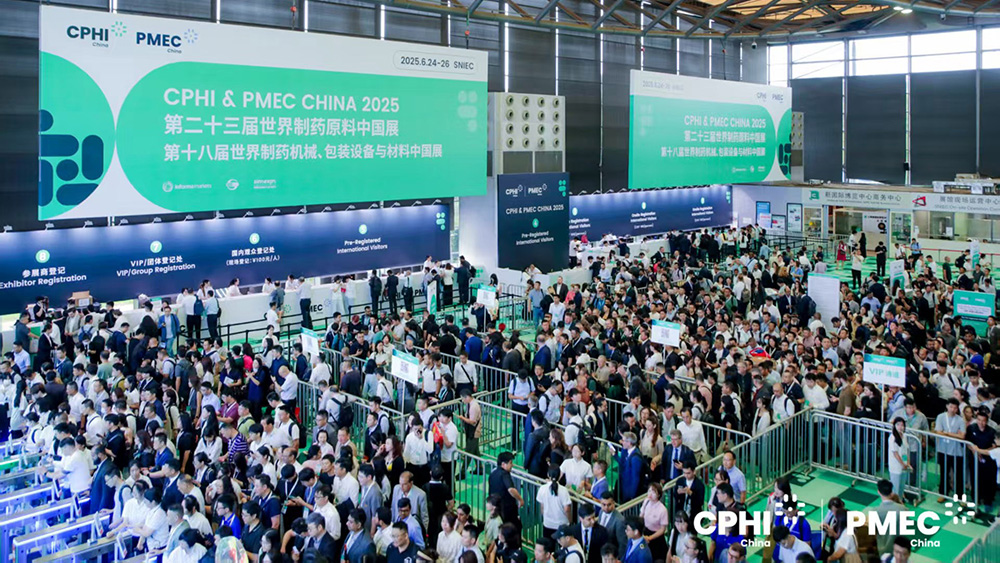Useful tool for the Remove of Aggregates in Antibody Purification
In the field of biopharmaceuticals, formation of antibody aggregates has always been a challenge in the production of antibody drugs. Aggregates will not only reduce the efficacy of drugs, but trigger immune response, compromising safety and effectiveness of drugs. This article will focus on different chromatographic resins as well as their application in the removal of aggregates.
Research Background
The formation of antibody aggregate is usually related to the exposure of hydrophobic regions of antibody molecules, disulfide bond isomerization and intermolecular domain exchange. Generally speaking, harvest of cell culture will have high aggregate content, which makes it difficult to completely remove them by traditional purification methods. Therefore, efficient aggregate removal method is key for improving the quality of antibody drugs.
Experimental procedure
In this experiment, eight types of resins were selected, including hydrophobic interaction chromatography ( HIC), hydroxyapatite (HA) and Mixed-mode resins. The target was to remove the aggregate from a monoclonal antibody (mAb) expressed in CHO cells. First, Protein A resin and anion exchange chromatography(AEX) resin were used in the initial purification, getting intermediate product with 14% aggregate content. After that, different resins were used and their purification abilities were evaluated.
Experimental method
- Chromatographic column: column diameter : 0.66cm. Bed height: 15cm. Different buffers were used for the experiment.
-Analytical method:SEC-HPLC,Tosoh TSKgel G3000SWXL column was used. Sample loading volume: 100μg,flow rate: 1.0 mL/min, mobile phase: 50 mM Na3PO₄+ 300 mM NaCl,pH 6.8。
Experiment results
1. HIC
Add high salinity salt to sample to bind aggregates while let monomers flow through. This lowered aggregate content in flow-through to a level lower than 1%, indicating efficiency of HIC resin in the removal of aggregates.
For HIC resins using same ligands, resin performance could differ based on different matrix used. As a result, different salinity levels were also required. For example, another type of HIC resin achieved same aggregate removal effect under lower salinity condition, indicating lower salinity could work efficiently in aggregate removal without big impact on target molecules.
2. Hydroxyapatite(HA) chromatography
When using HA resins, sodium gradient should be chosen for better elution compared with phosphate gradient
Adding PEG in elution buffer to significantly improve separation performance. This indicating PEC can enhance retention of aggregates and achieve better separation result.
3. Mixed-mode chromatography
At pH 5.5, weak CEX resin with high resolution was used. When using linear salt gradient elution, high purity of monomers elution could be achieved while elution peak tailing was observed. Use Arginine gradient elution to improve separation effect. Arginine will improve purification performance by effectively destroying interaction between aggregate and resin.
When comparing CEX resins using same ligands under same condition, resin with bigger bead size did not perform as well as the former resin. However, adding PEG could improve isolation effect, indicating PEG can enhance the retention of monomer, thus achieving better separation.
High purity monomer elution can be achieved by using strong anion mixed-mode resin at pH 7.0. Using linear arginine gradient for elution could get high purity monomer. However, purity at elution peak tail was low. Adding PEG can improve the purity of eluent while increasing elution volume. Finally, high purity and small elution volume can be achieved by step-wise arginine elution.
4. cation exchange chromatography (CEX)
-Under typical conditions, CEX chromatography failed in effectively separating monomers from aggregates. However, adding PEG to the elution buffer could significantly improve the separation effect and completely separate the monomer from aggregates. This shows that the addition of PEG can significantly improve purification performance of CEX chromatography.
Key conclusions
-Effectiveness of various resins: both HIC and HA resins performed well in aggregate removal. Mixed-mode resin also enjoyed good result.
-Significant role of PEG: Adding PEG in the purification process can significantly improve the separation effect. Especially in CEX chromatography, where PEG can completely isolate monomers from aggregates.
-Optimization of operating parameters: For each type of resin, best operating parameters shall be determined through experiments to achieve maximum aggregate removal and monomer recovery. In large-scale bio-processing, step-wise elution is more effective in reducing treatment time and elution volume compared with linear gradient elution.
Product recommendation:
Choosing the right resin is the key for successful removal of aggregate in antibody production. Bestchrom is professional chromatographic solution provider for both laboratory-scale research and production-scale processing. Contact us for more information.
|
Resin |
Type |
Pack size |
Cat.No |
|
Diamond Phenyl Mustang |
HIC |
25mL |
AH301205 |
|
Diamond MMC Mustang |
Mixed-mode |
25mL |
AI0161 |
|
MegaPoly BXS |
CEX |
25mL |
AI05701 |
Bestchrom Hydroxyapatite-based resin will be available soon. Contact your local sales manager or technical support engineer for a trial sample.
Reference:
Zhang X, Chen T, Li Y. A parallel demonstration of different resins' antibody aggregate removing capability by a case study. Protein Expression and Purification. 2019;153:59-69. DOI: 10.1016/j.pep.2018.08.011.









.png)


